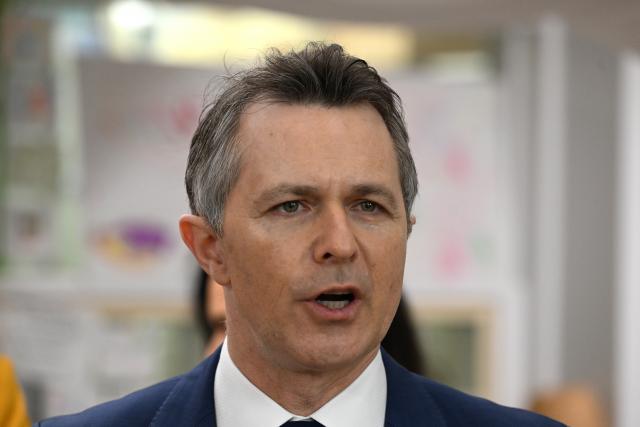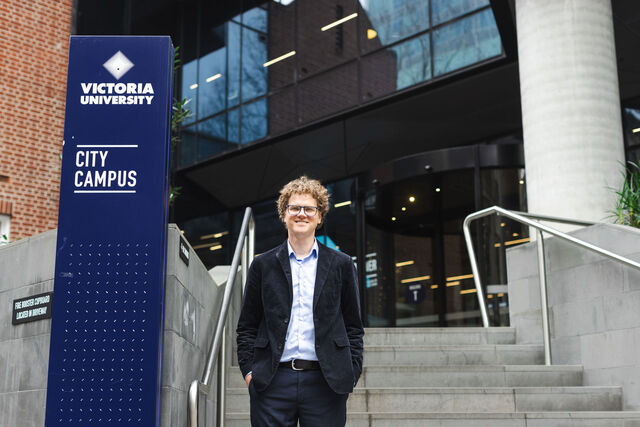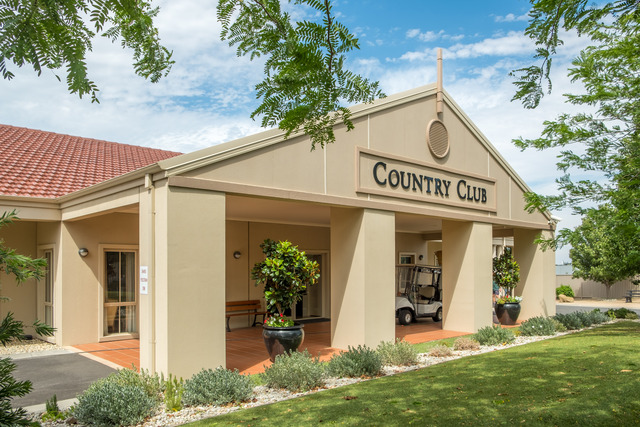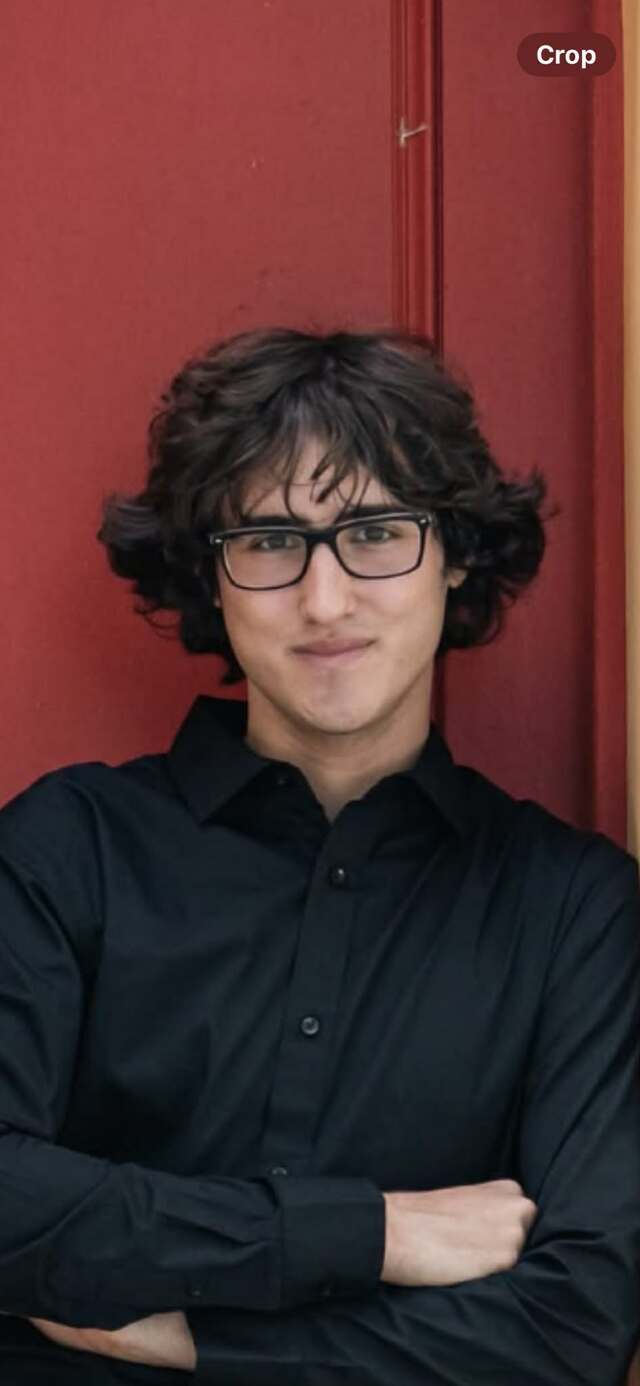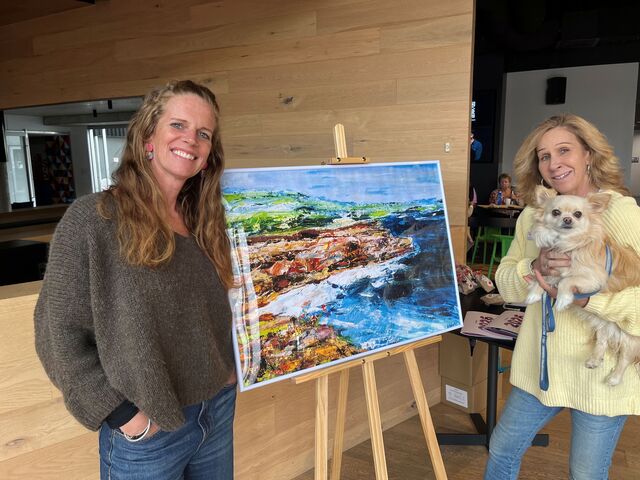The federal government is pushing ahead with plans to cap international student numbers, despite fierce opposition, including from its own side. Cade Lucas reports.
‘Chaotic’, ‘flawed’, ‘not feasible’, ‘being held to ransom by political incompetence’ and even ‘a distressing version of waiting for Godot.’
These are a sample of the responses to federal government’s October 10 decision to again defer its controversial bill to cap international student numbers in Australia
Despite receiving a Senate committee report recommending the bill be passed – with significant amendments – the government deferred it to late November with no explanation as to why.
The decision means the government has only has two sitting weeks left this year to pass the legislation which would cap new international student enrolments at 270,000 for 2025 and which is supposed to come into effect on January 1.
By closing the already tight window to pass the bill even further, the government is now facing calls to delay its introduction to at least January, 2026.
There are many others who want it delayed permanently.
As unpopular as the latest deferral was, it’s nothing compared to the opprobrium levelled at proposal itself since it was first mooted in May’s federal budget, with much of it coming from the government’s own side.
A “fundamentally destructive decision” was the recent assessment of Victorian Treasurer Tim Pallas, who argued the policy being pushed by his federal Labor colleagues would have an “adverse effect” on his state’s finances to which international education is a big contributor.
The other ALP state and territory governments have also voiced their disapproval, as have the government’s opponents, with the federal opposition claiming the bill was full of “incompetency, secrecy, uncertainty and unfairness,” and the Greens calling for the “disastrous” policy to be dumped.
Given international students provide a huge slice of their revenue, the university sector was always likely to be opposed, but the fact not a single institution provided a submission in support of the bill to the recent Senate inquiry, illustrated just how trenchant that opposition was.
Chief executive of the Group of Eight, which represents the country’s oldest and most prestigious universities, Vikkie Thompson, explained why.
“A blunt cap on international students will destroy Australia’s $50 billion international education sector and have long lasting impacts on the economy,” said Ms Thompson in statement released after the bill’s deferral.
“No other multi-billion dollar industry sector would be expected to set budgets for the next 12 months in a context of great uncertainty about a future revenue stream.
“It’s in the best interests of the nation that this piece of legislation is delayed indefinitely, or better still scrapped altogether.”
So to recap: a first term government that is struggling in the polls, is heading into an election year trying to pass a policy that threatens one of the nation’s largest industries and some of its most important institutions and which almost everyone, including members of its own party, hates.
An episode of the West Wing it aint.
Why the federal government is doing this is even harder to comprehend given education is one of Labor’s traditional strengths.
According to the director of the Mitchell Institute for Education and Health Policy at Victoria University, Associate Professor Peter Hurley, the answer isn’t much about education at all.
“This is down stream from the immigration issue,” said Mr Hurley, pointing out that the government first announced the the proposal to cap international students as a response to the housing crisis.
While education might be safe territory for the ALP, housing and especially immigration, are not, and with the opposition exploiting fears that a lack of the former is caused by growth in the latter, the government was forced to act.
Speaking to reporters on October 10, Education Minister Jason Clare was up front about the motivation for the policy.
“I make no apology, the government makes no apology for our commitment to return migration to pre-pandemic levels,” said Mr Clare who added that capping numbers would protect the integrity and public support for the international education system.
“International education is really important. It makes us money as a country, it makes us friends as a country, because when people study here and they go home, they take their love for Australia back home with them. But it is also important that we return migration to pre-pandemic levels, and this is one part of doing that.”
In a statement to Star Weekly, spokesperson for the Department of Education said the effects of the reforms on the education sector and other parts of the economy would be monitored closely.
Mr Hurley said there was nothing wrong with linking migration and education.
“Education is a major part of the immigration program,” he said.
“It’s absolutely completely legitimate for government to be putting numbers on immigration programs. That’s what the immigration program is,” said Mr Hurley who argued that the explosion in international student numbers post Covid and the fact other countries such as Canada had already introduced similar policies, made them an obvious target for the government.
Mr Hurley said the problem with the caps was in the execution rather than the idea.
“There’s a lot of inconsistencies,” he said of the policy.
“The caps are being introduced on a flow measure not a stock measure, so what that means is that they’re looking at commencements not enrolments,” said Mr Hurley of the caps which will apply to new students and be based on pre-Covid enrolment figures.
“Rather than looking at how many international students are there in a particular institution and then saying ok we’ll apportion it based on that, they’re doing it based on how many came in in 2019.”
This, along with other exemptions such as students on scholarships, those studying certain degrees and students from Timor Leste and the Pacific, mean the caps affect some universities much more than others.
Mr Hurley’s own employer, Victoria University, recently claimed the cap would cost it $17 million next year alone, arguing its international student enrolment for 2025 was capped 11 per cent below 2023 levels.
Other institutions such as Melbourne University will be able to increase their enrolment of international enrolments.
Even those students who are notionally exempted from the caps, are still concerned.
Twenty-eight-year-old Colombian student Sindy Hoyos has been living in Melbourne for 18 months studying at a private language college to improve her English.
This makes her exempt from the caps, but not from another aspect of the bill, which is a dramatic increase in visa fees.
“These changes make it a little bit difficult for me because the government raised the price of the new visa, but they want us to still work only 24 hours per week,” said Ms Hoyos who lives in South Morang and works as a kitchen hand when not studying.
She wants to study a masters of international development at the end of her English course, but the prospect of life in Melbourne becoming even more expensive and international student numbers being capped, has her looking elsewhere.
“I’m thinking of maybe trying to study in another country, because the changes are going make more difficult the life of the students here in Australia,” she said.
The recent world university rankings indicated others were having similar thoughts with Australia’s average international student metric dropping for the second year in a row.
Ms Hoyos said if international students started leaving Australia or stopped coming, locals will notice the difference.
“Students work in occupations that native persons don’t like to work in.”
Mr Hurley agreed.
“I don’t think people quite understand just how important international students are to lots of places across the country, not just the universities. I think there’s something in the order of 850,000 current and former international students in the country and they’re not all at universities, they’re spread out through suburbs, they’re important parts of communities and workforces.”
Just how important, is something the federal government, and the country as whole, might be about to find out.

